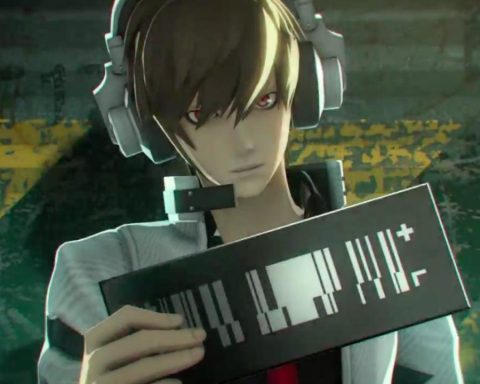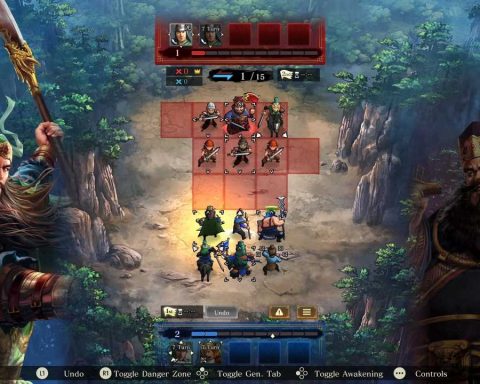First impressions of the game might lead you to believe that it is in the same vein as Metroid on the NES, but Return of Samus is quite deceptive. Whereas the original was an open-ended 2D space adventure, this sequel is mostly linear – just as pleasant in its own right. Your objective is to exterminate every single one of the 39 titular monstrosities. To do this, you’ll need to expand your ensemble of gadgets weaponry as you explore the monotone corridors of a foreign planet. Once you’ve felled a certain quota of Metroids, new areas open up. You’re continuously obtaining new beams and devices that enable you to access hidden items and defeat enemies more easily. The different stages of Metroids constantly get tougher to deal with, so you’ll dread their arrival (in a good, challenging way, of course).
 For the most part, Samus operates like a dream. The game’s jump physics allow you to manoeuvre the bounty hunter far better than before. Adding to this, Samus is capable of firing in multiple directions and can finally shoot downwards. You cannot fire diagonally, but you rarely need to. The one quibble with the controls occurs when you obtain the “Spider Ball” upgrade, which allows Samus to cling to ceilings and walls at will. It is easy to accidentally activate it while crouching to shoot at an enemy, but a pain to deactivate.
For the most part, Samus operates like a dream. The game’s jump physics allow you to manoeuvre the bounty hunter far better than before. Adding to this, Samus is capable of firing in multiple directions and can finally shoot downwards. You cannot fire diagonally, but you rarely need to. The one quibble with the controls occurs when you obtain the “Spider Ball” upgrade, which allows Samus to cling to ceilings and walls at will. It is easy to accidentally activate it while crouching to shoot at an enemy, but a pain to deactivate.  Compounding perceived repetition, Metroid showcases the shortcomings of the little handheld that could – namely greyscale visuals and four buttons. The former means it’s tough to tell exactly where you are at any given point in time, while the later means there aren’t enough buttons for an easily accessible map screen. As such, a map was omitted entirely (or it was due to time and memory constraints, but I’ve got a narrative here, so bear with me). Despite the game’s linearity you’ll still find yourself going backwards on occasion. We live in the modern day of the internet, so you can go download yourself a map if you’re lost, but it would have been nice of Nintendo to include a map in the digital instruction manual.
Compounding perceived repetition, Metroid showcases the shortcomings of the little handheld that could – namely greyscale visuals and four buttons. The former means it’s tough to tell exactly where you are at any given point in time, while the later means there aren’t enough buttons for an easily accessible map screen. As such, a map was omitted entirely (or it was due to time and memory constraints, but I’ve got a narrative here, so bear with me). Despite the game’s linearity you’ll still find yourself going backwards on occasion. We live in the modern day of the internet, so you can go download yourself a map if you’re lost, but it would have been nice of Nintendo to include a map in the digital instruction manual. 







